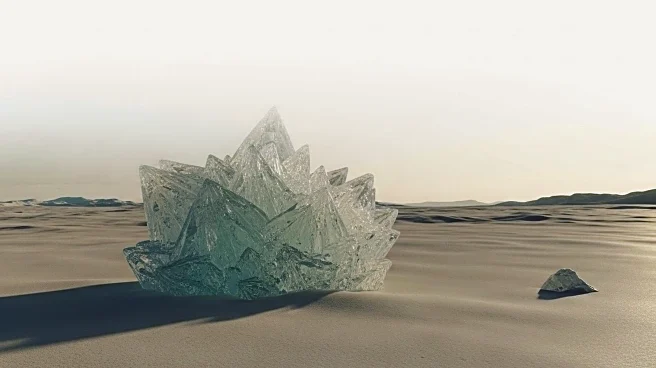What's Happening?
A new analysis has dismissed geoengineering proposals for polar regions as impractical and dangerous. The study, involving 42 scientists, evaluated methods such as underwater curtains and scattering glass beads across ice, concluding that they are flawed and treat only the symptoms of climate change. The researchers argue that these schemes are unimaginably expensive and risky for fragile polar environments, detracting attention from the root cause of the climate crisis—the burning of fossil fuels. The analysis calls for prioritizing efforts towards emission reduction and decarbonization.
Why It's Important?
The study challenges the viability of geoengineering as a solution to climate change, particularly in polar regions where warming is most pronounced. It suggests that these interventions could cause more harm than good, potentially leading to environmental damage and geopolitical tensions. This could shift the focus of climate policy towards emission reduction and sustainable practices, rather than relying on untested technological fixes. The findings emphasize the importance of addressing the root causes of climate change rather than its symptoms.
What's Next?
The researchers advocate for prioritizing emission reduction and fundamental research in polar regions. They suggest that further exploration of geoengineering techniques may not be a productive use of resources. The findings may influence policymakers and researchers to reconsider the role of geoengineering in climate strategy and foster discussions on its ethical implications.
Beyond the Headlines
The governance challenges of geoengineering are significant, as deploying such techniques in international waters could lead to conflicts over jurisdiction and accountability. The study highlights the risk of creating false hopes that geoengineering could be a quick fix for climate change, potentially delaying necessary actions to reduce emissions. It also raises ethical concerns about experimenting with the planet's climate system.











